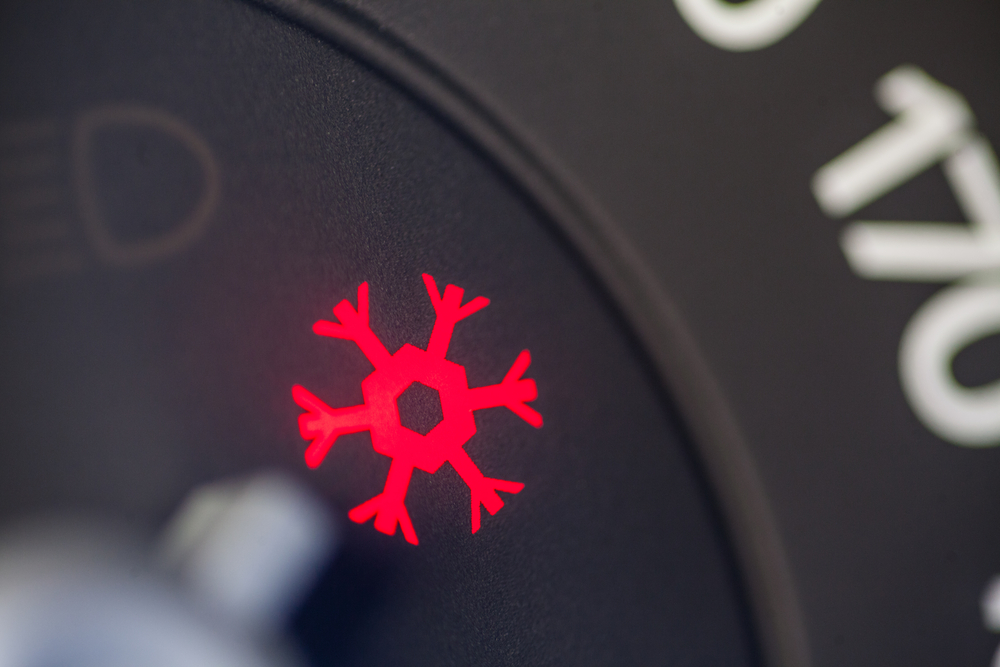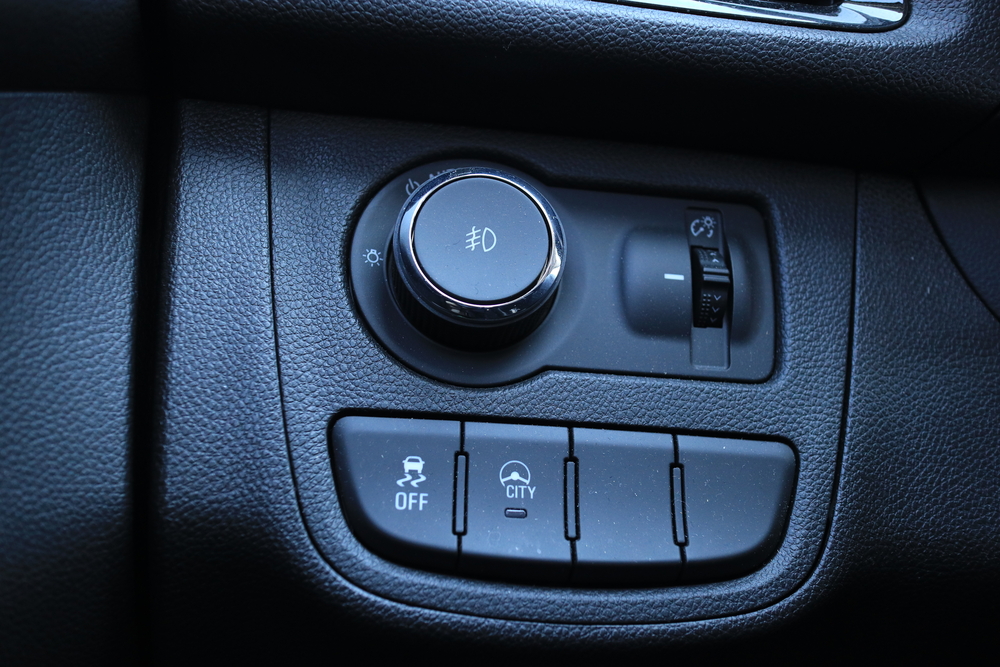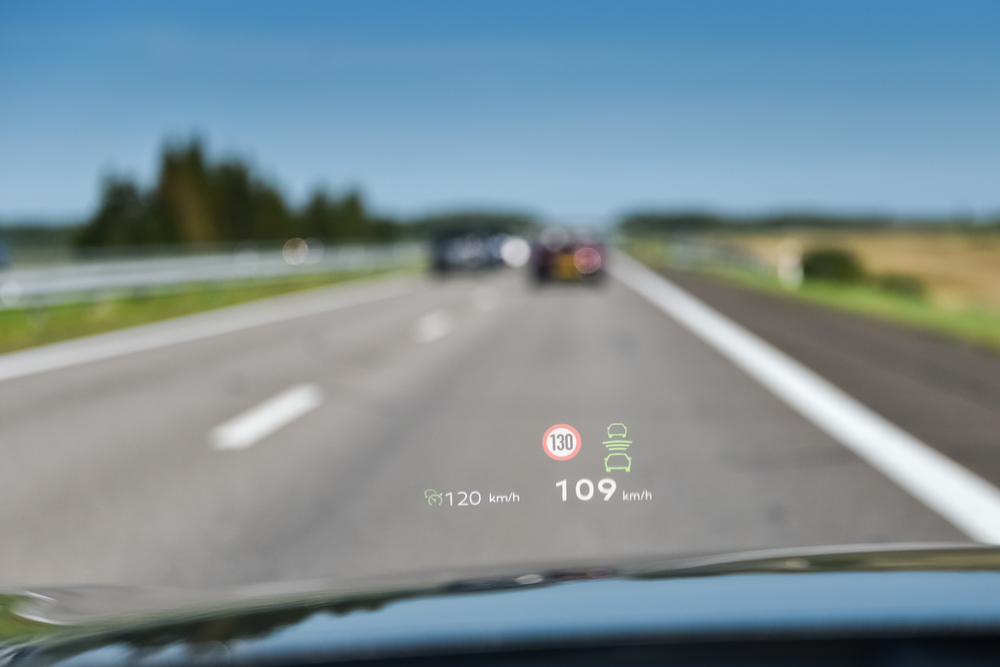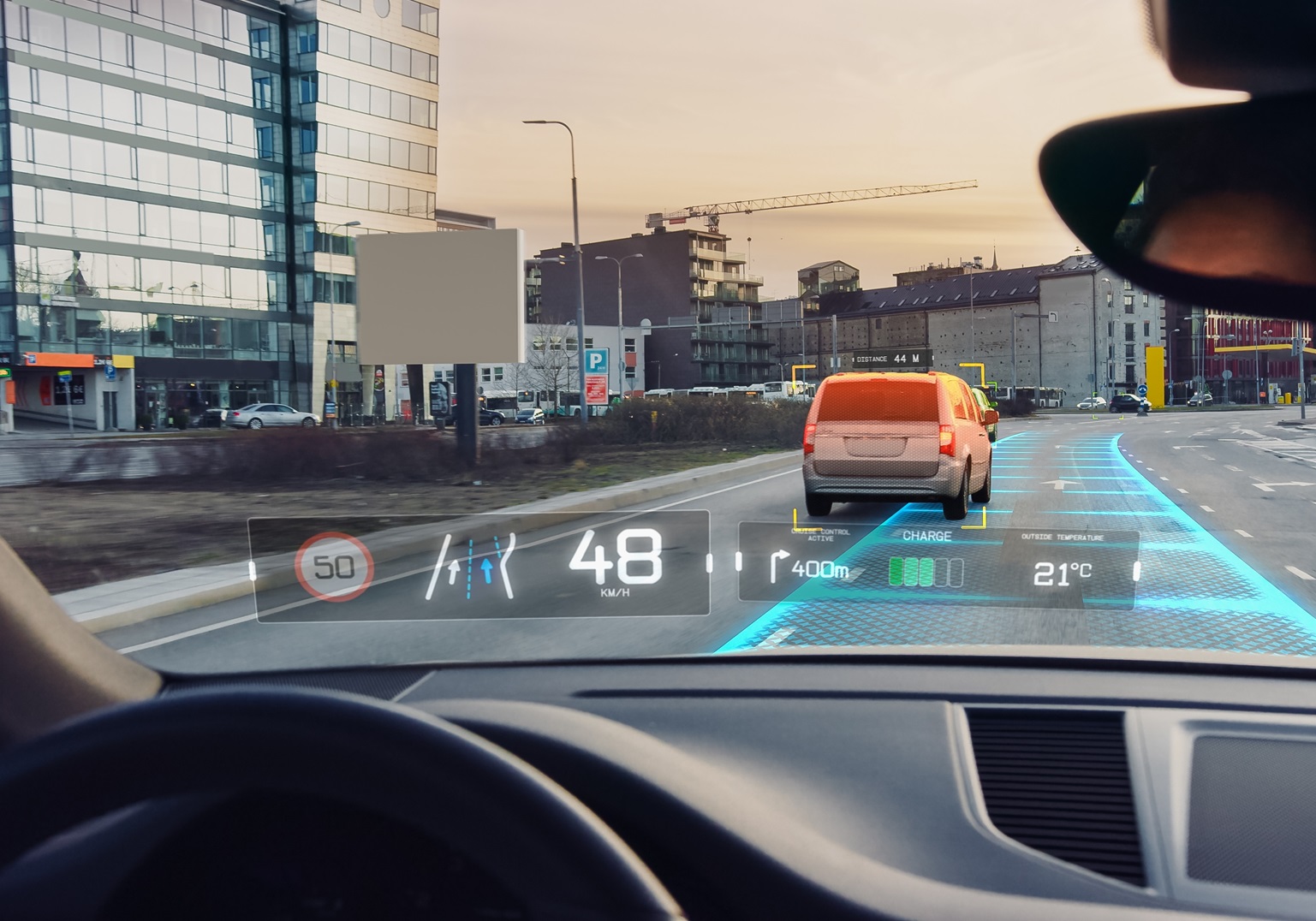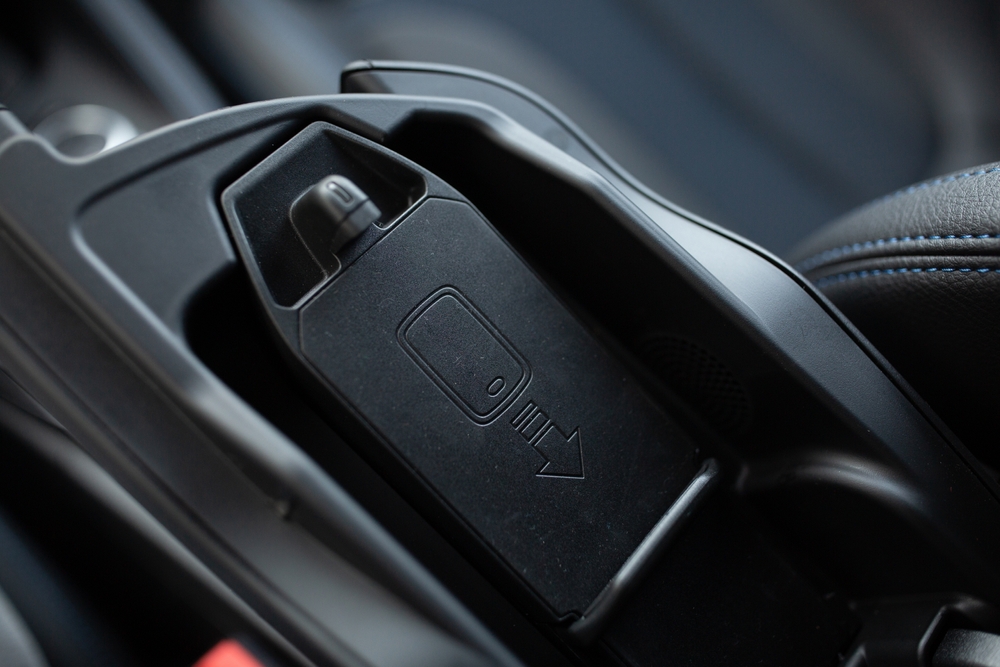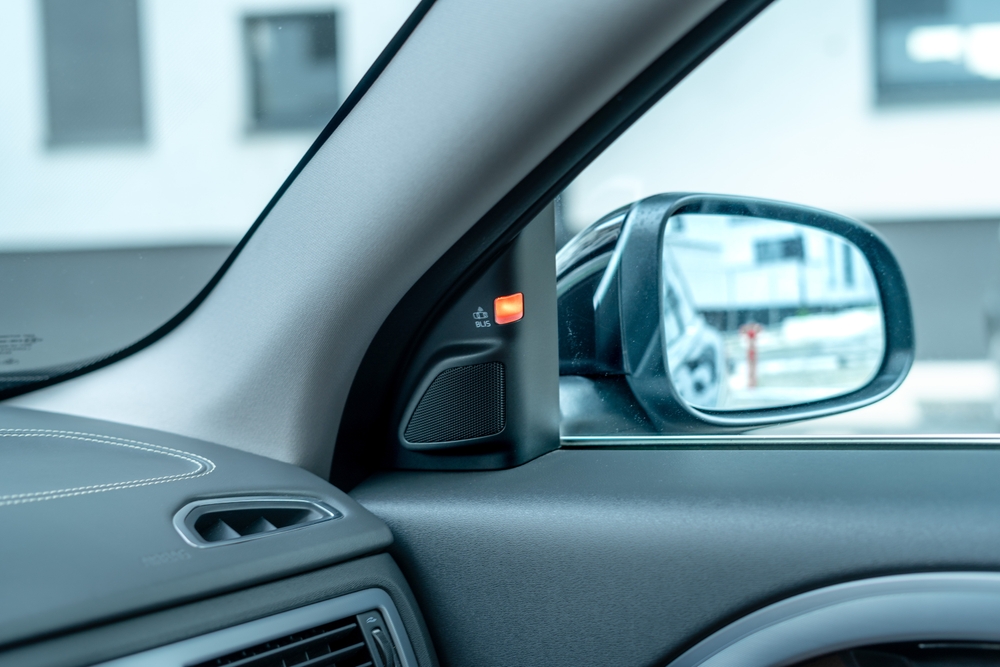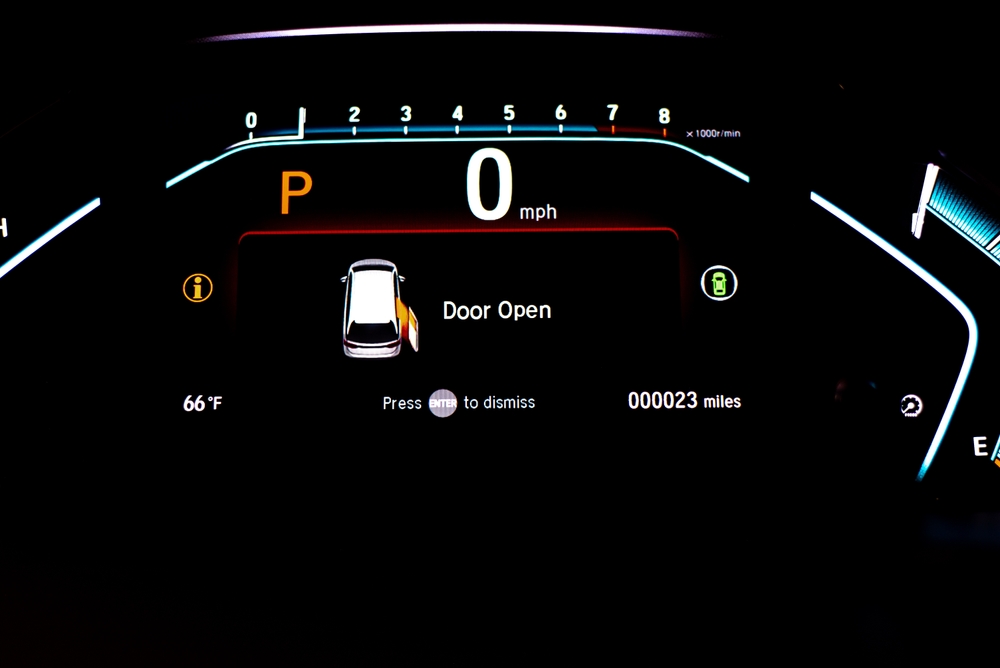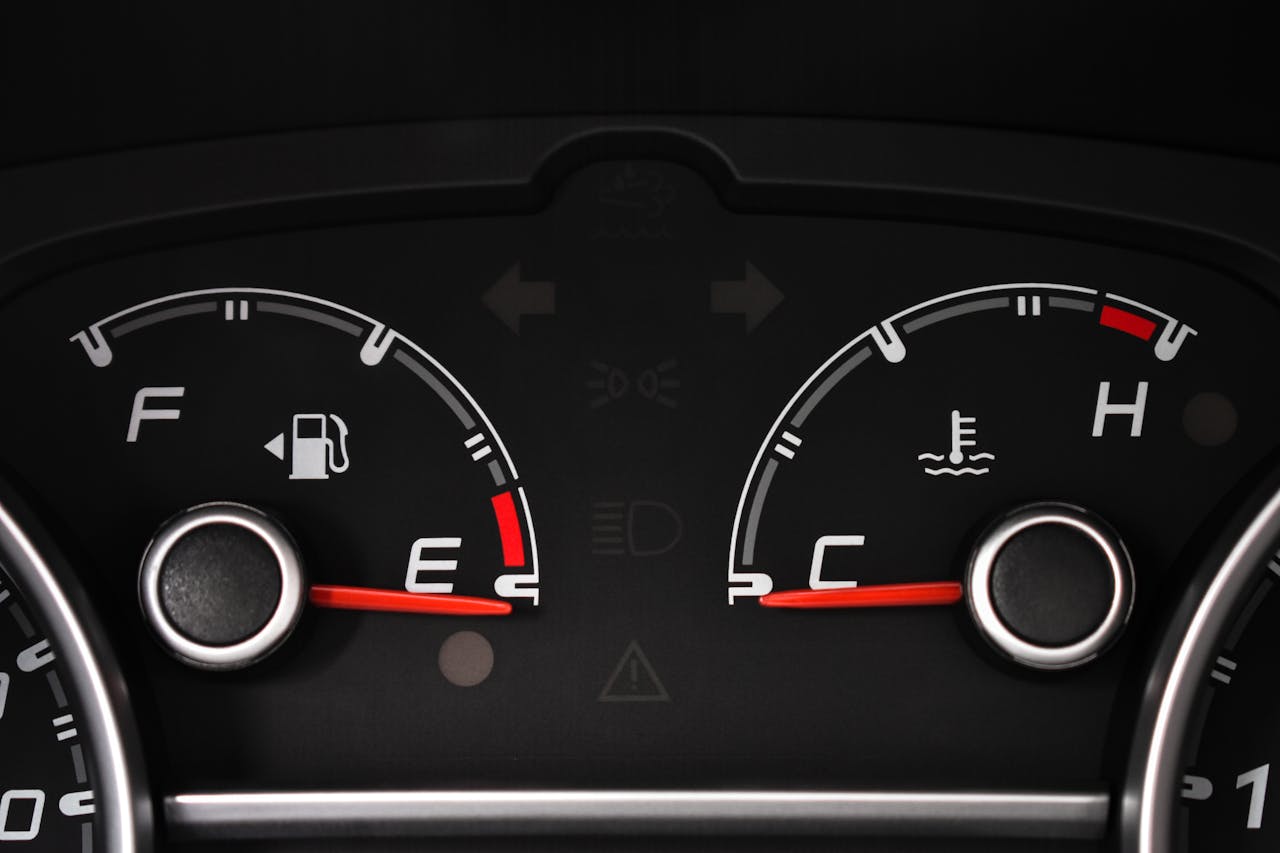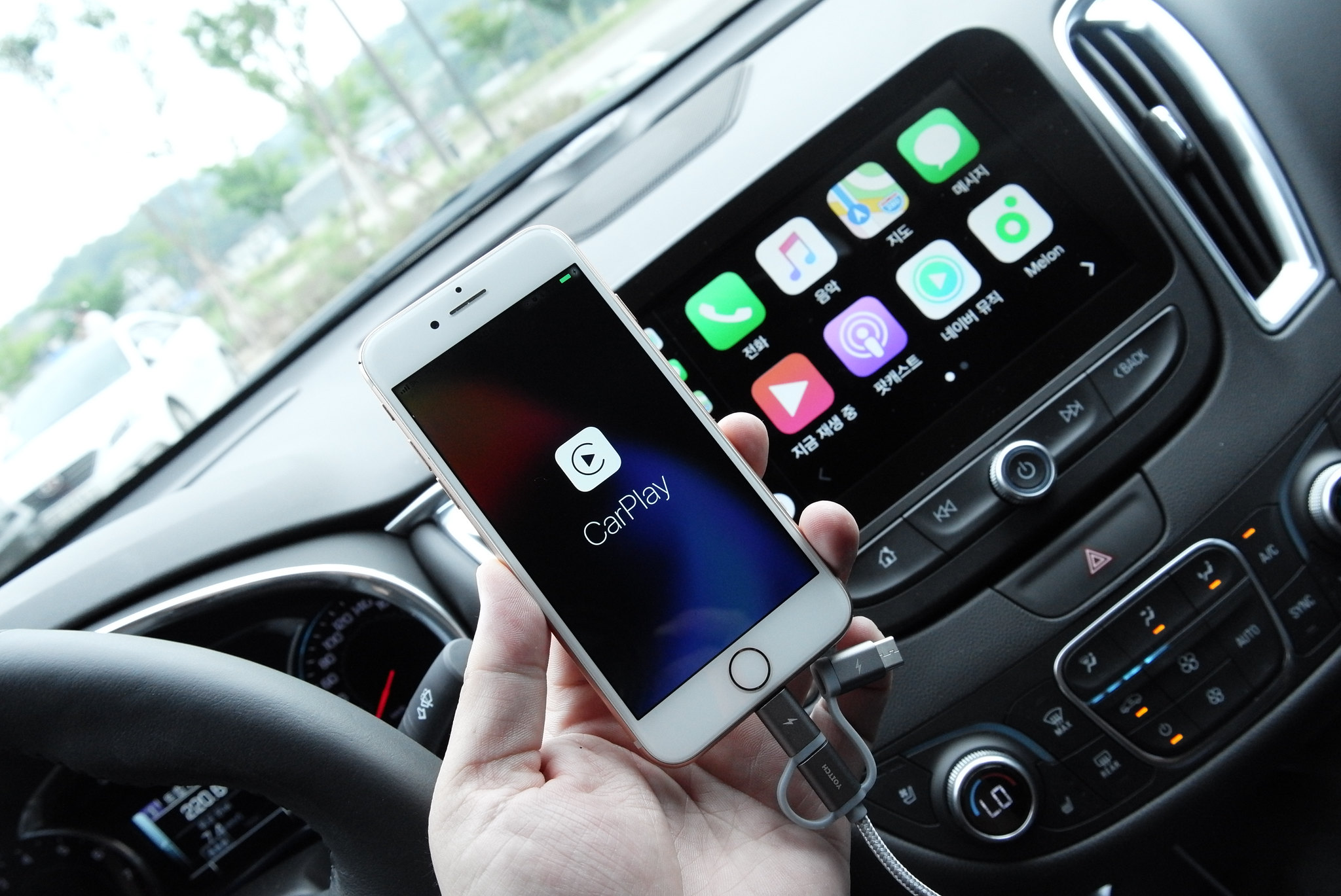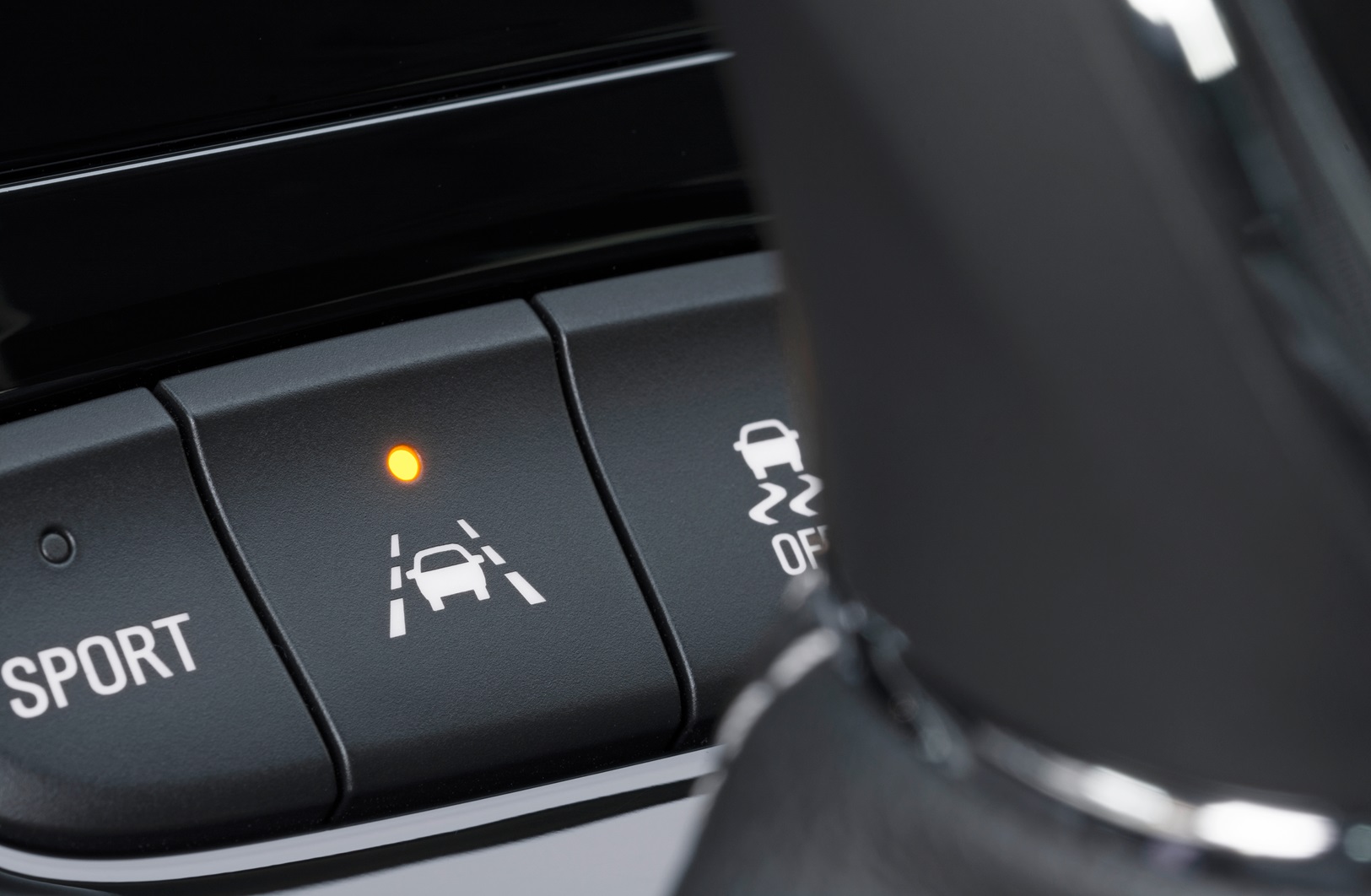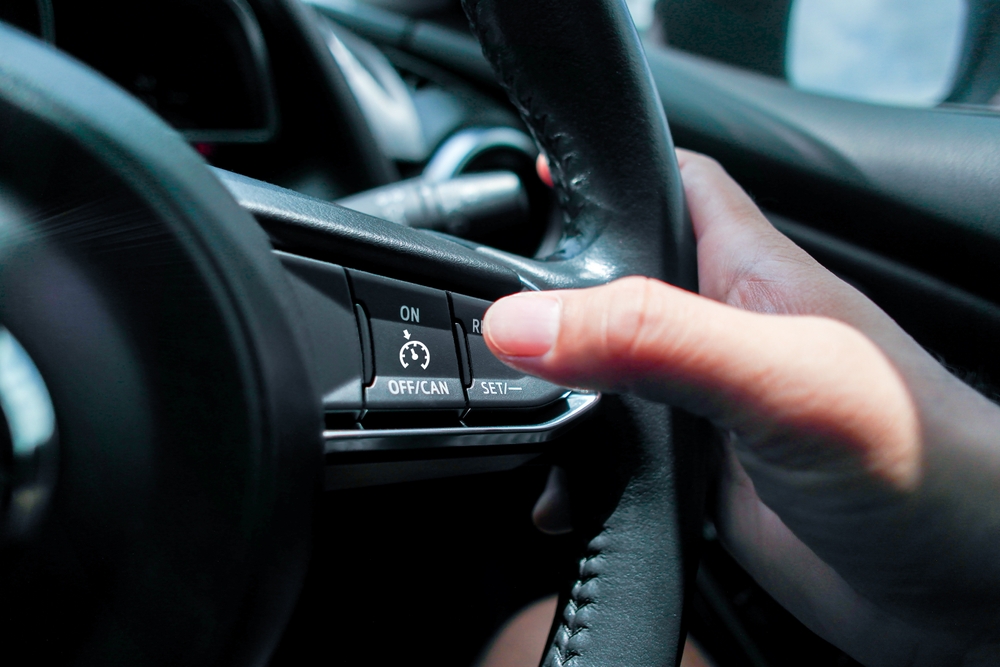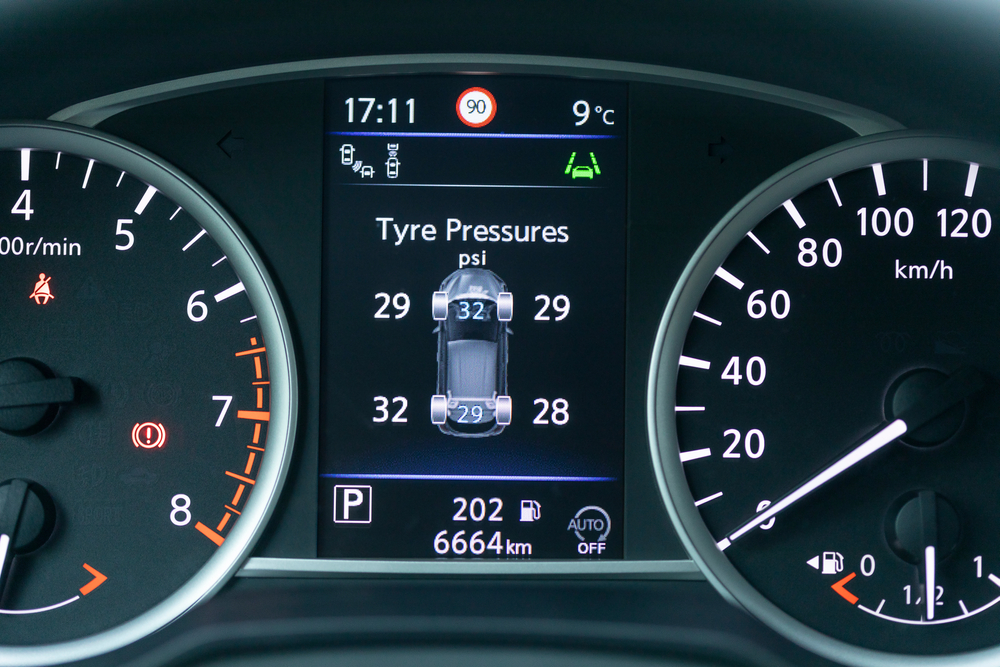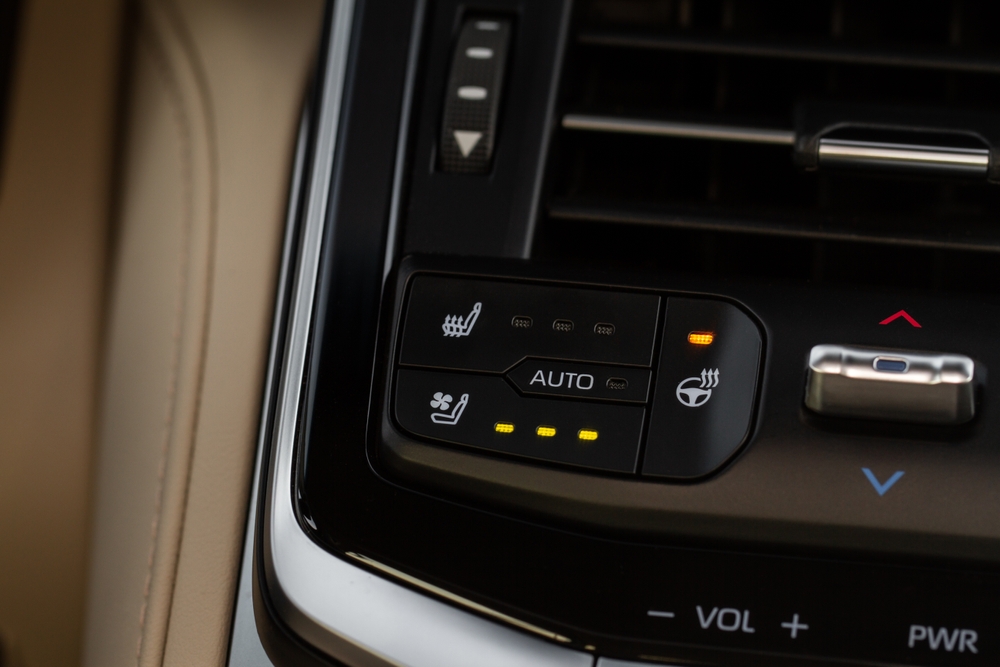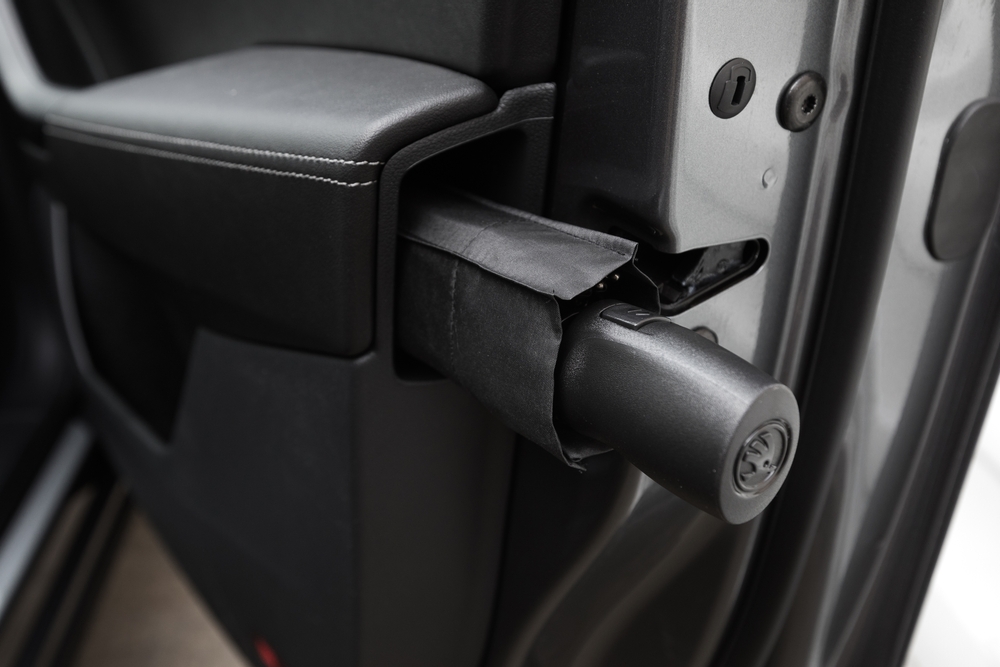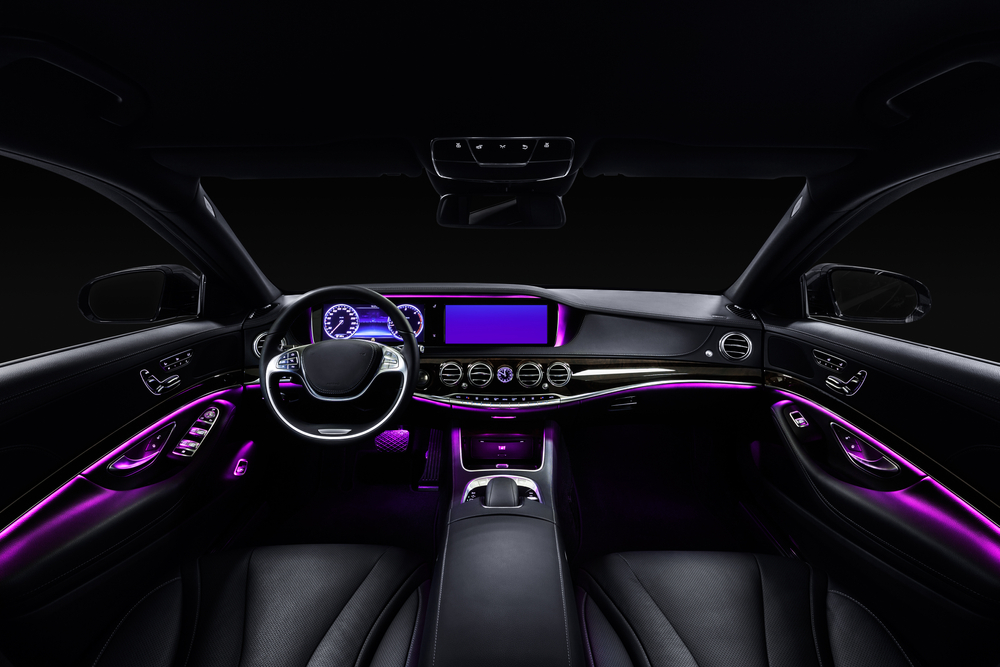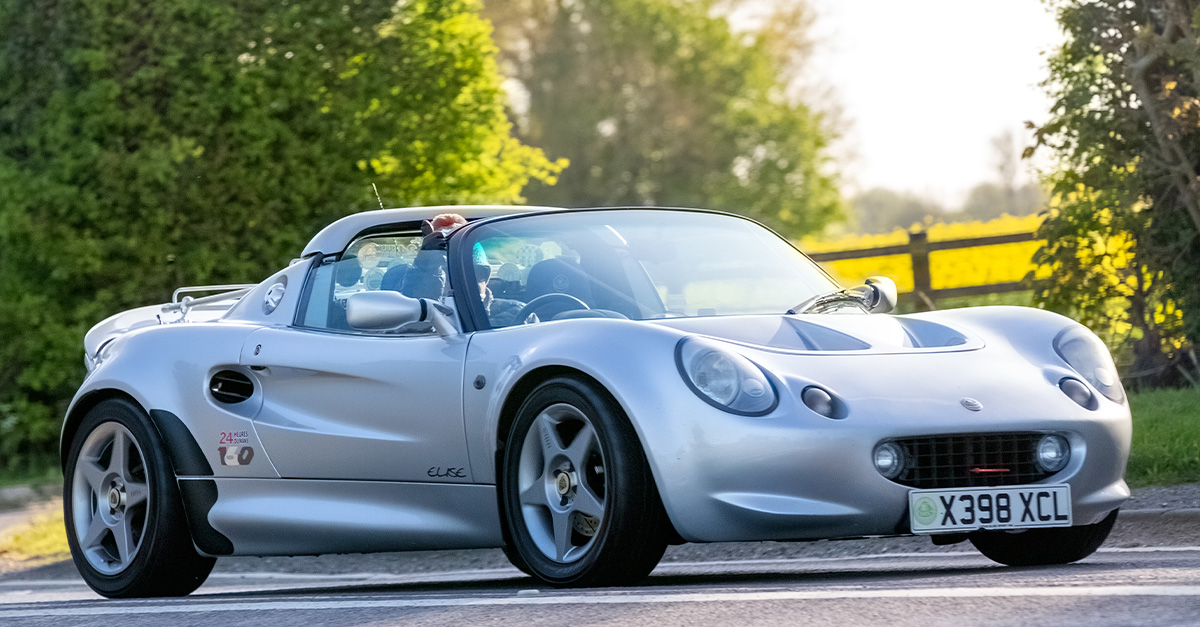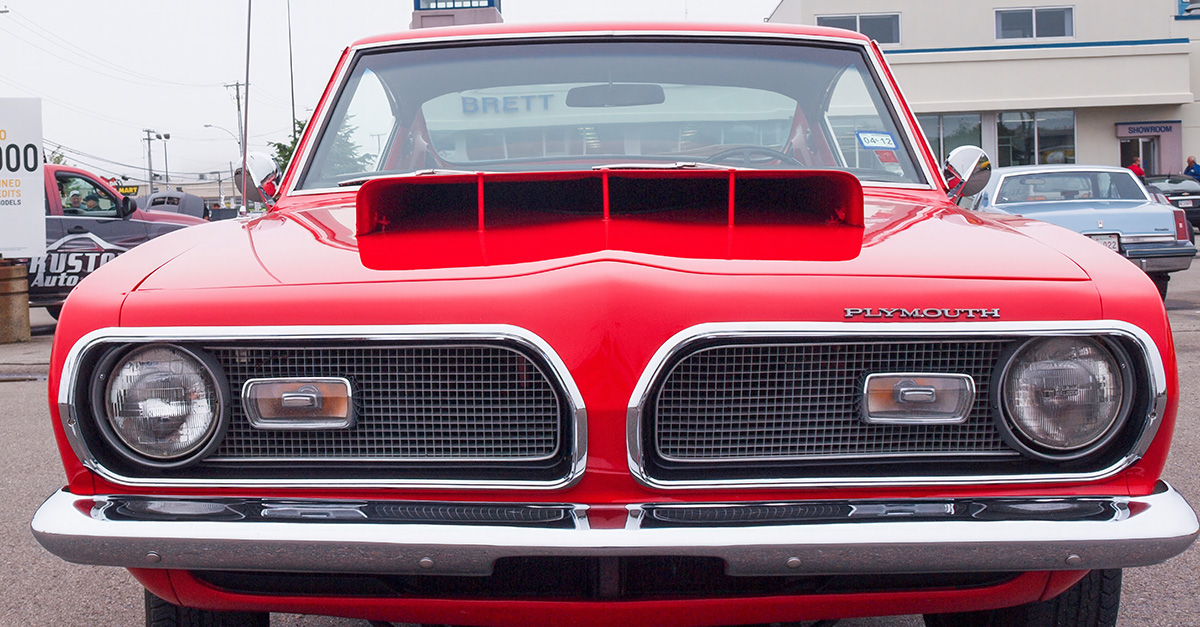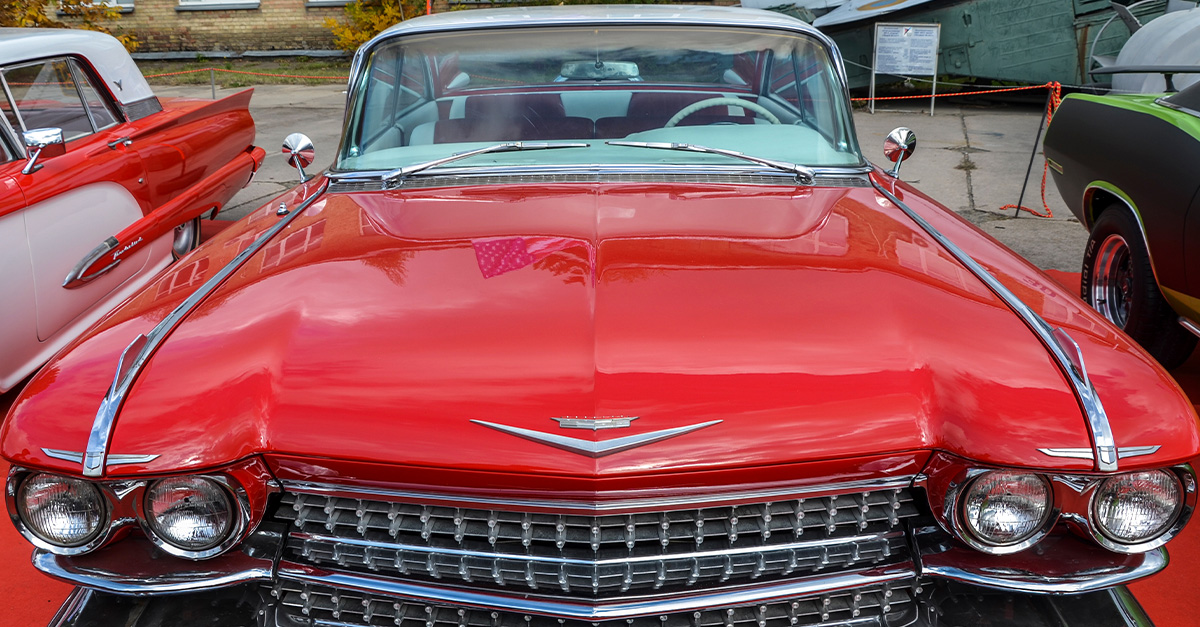18 Weird Car Features You Didn’t Know You Might Have
Vehicles today are full of hidden features and new technologies that might be overwhelming to someone who is used to an older-style vehicle.
And while these features have been designed to make things easier and more convenient, they don’t help if you aren’t aware of them.
Here are 18 hidden car features you may not be aware of.
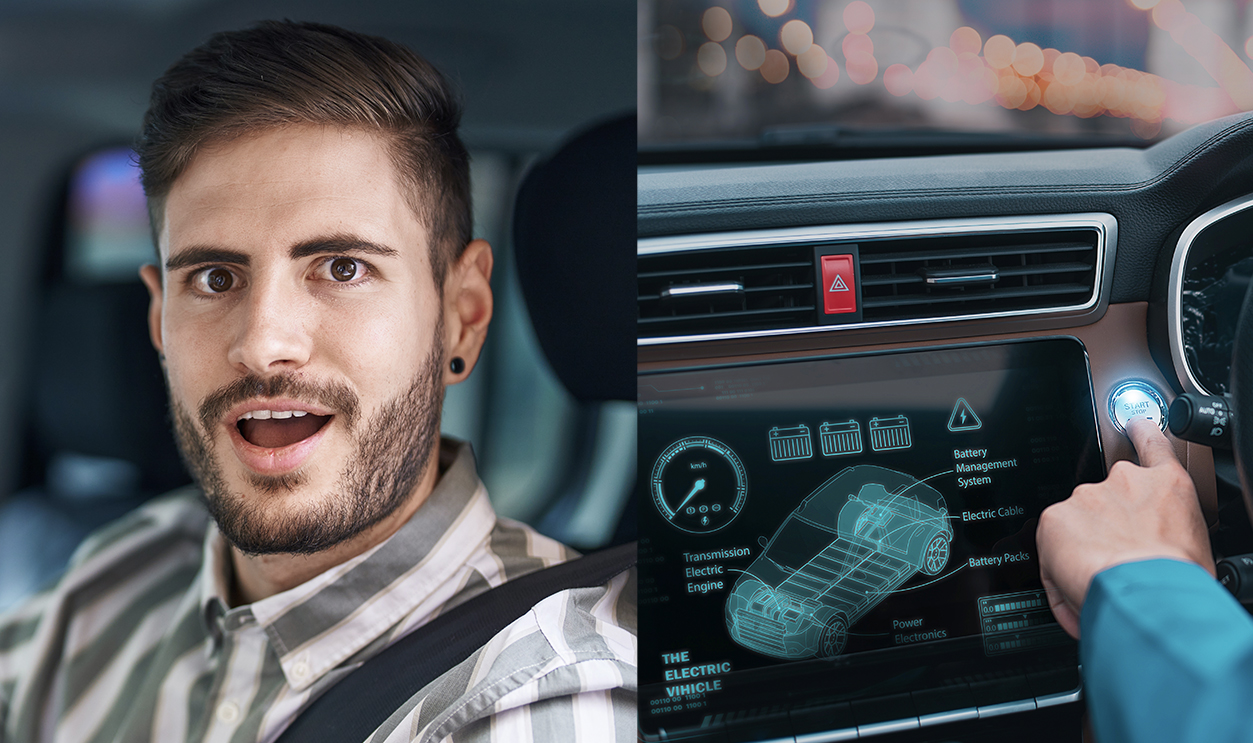
Road Condition Indicator
Almost every new vehicle will have a temperature sensor that will tell you the temperature outside.
These temperatures will also, in many cases, activate a road temperature warning as temperatures drop.
It usually looks like a snowflake light on your dashboard, but some newer vehicles might even use an audible warning to let you know that the roads might be icy.
Stability Control
Losing control of your vehicle when driving is one of the scariest moments you can have behind the wheel—but, thankfully, all new vehicles sold in America since 2012 have been fitted with electronic stability control.
This feature constantly monitors all four wheels. If the vehicle starts to slide out of control, it will apply the brakes to one side of the car—or even one corner—to help correct the slide.
If you don’t like this feature though, you can temporarily disable it. Look for the button marked “ESC”. It may also have a pictogram of a sliding car.
Disabling this feature may be helpful when you need to get the vehicle out of mud or snow, or if you’re towing a boat out of the water on a slippery ramp.
Heads-Up Display
This feature—which was originally designed for fighter jets—displays critical driving information right in front of the driver by projecting it as if it's floating in front of you on the road.
It typically displays speed and navigation, and some will even show the speed limit on the road you’re driving or even the current song playing.
Advanced Driver Assistance Systems (ADAS)
Advanced Driver Assistance Systems use a variety of tools to help make driving safer and less stressful. Some of these features use radar and laser systems that actually scan the road ahead and behind, and warn of hazards.
One of these features is known as forward collision warning, which will scan for cars ahead that are rapidly slowing. If the vehicle doesn’t sense you slowing down, it will flash a warning on the dashboard.
Some will take it a step further and actively apply the brakes for you, to help avoid a collision.
Phone Storage
In order to drive safely, it is imperative that you put your phone away. Most new cars have dedicated spaces—like slots of cubby holes that are usually lined with a non-slip surface—that are designed specifically to hold your phone in place while you concentrate on the road.
Blind-Spot Monitoring
Changing lanes on a busy interstate can be nerve-wracking. Especially since no matter how you adjust your mirrors, there seems to always be a blind-spot.
Thankfully, new cars have a blind-spot monitoring system that uses radar and other sensors to determine if there is an obstacle in your blind spot, and a warning light to alert you.
Most systems will also provide an audible warning if you activate your turn signal—alerting you that a lane change is inadvisable.
Back Seat Reminders
We’ve all heard horrific stories of parents and caregivers unintentionally leaving children behind in their vehicle for hours on end.
Vehicle manufacturers have caught on to this and developed a feature that will hopefully help to eliminate these tragedies.
If the car detects that a rear-door had been opened either before or after starting the car, these systems will make a sound or flash an alert on the dashboard once the vehicle is put in park, to remind the driver to check the back seat.
Gas Tank Locator Arrow
If you’ve been driving the same car for a while, you probably just automatically know which side has the fuel filler cap.
If not, you can find a small arrow beside the fuel icon that appears on your dashboard when you’re low on fuel. The arrow will point to the side of the vehicle where you’ll find the fuel filler cap.
Smartphone Integration
Since our cell phones are used for nearly everything these days, drivers often struggle to keep them put away while driving—which is extremely dangerous.
Fortunately, the two most common smartphone systems—Apple and Android — both have developed applications to integrate our phones with our cars.
These features are known as Apple CarPlay and Android Auto. They’re apps that connect your device so you can use certain features in a driving-friendly manner.
Lane-Centering Sensors
Many new vehicles are now equipped with driver assist systems that can autonomously accelerate, brake, or steer—making highway travel safer.
Using cameras, Lane Departure Warning (LDW), and Lane Keep Assistance Systems (LKAS) actively keeps the vehicle in the lane while at speed.
An audible warning or vibration in the steering wheel will alert drivers when they cross over the line, and some systems will actually correct the vehicle for you.
Drowsiness Detector
According to the National Highway Traffic Safety Administration, there are about 6,000 fatal car crashes every year caused by drowsy drivers.
New cars now have driver drowsiness detection systems that will alert the driver if the system believes they're driving while too tired.
They work by monitoring the steering input and comparing your steering motions to how often various lane-keeping systems have to intervene in keeping you on the road safely.
If the vehicle believes you might just be too tired, it will chime an alert and display alerts on the dashboard to suggest taking a break.
Some of these displays may look like a coffee cup pictogram.
 Krakenimages.com, Shutterstock
Krakenimages.com, Shutterstock
Adaptive Cruise Control
Traditional cruise control would allow you to set your speed and take your foot off the gas. But when you approach a car in front who is going just a bit slower, you will then have to cancel your cruise control and adjust the speed.
Adaptive Cruise Control, though, has sensors that scan the road ahead and adjust your car’s speed accordingly. Many of these systems will also work in stop-and-go traffic, bringing your car to a complete stop if necessary.
Tire Pressure Monitoring Systems
Underinflated tires also lead to a significant amount of car crashes. As a result, as of 2007, all new vehicles are equipped with a tire pressure monitoring system (TPMS).
This system will alert the driver with a warning light—that usually looks like an exclamation point within the outline of a tire—that one or more of the tires has lost pressure.
Some more modern vehicles will actually display the pressure number on the dash board, or a visual of which tire is affected.
Seat Massagers
Some new vehicles have a feature that appeals to people who often partake in long drivers: a seat massager.
This feature is built-in to the seat, and will help loosen muscles, relax tension, and even improve circulation.
Heated Steering Wheels
Most new vehicles are equipped with heated seats—but some even have heated steering wheels now, too. This feature can be particularly enjoyable in cold weather, after scraping snow and ice off your windshield.
This feature is also helpful when the vehicle has a touch-screen that doesn’t often work with gloves on.
Look for a button either on the steering wheel itself, or near the seat heater controls.
Hidden Umbrella
This is a feature that is most often present in luxury vehicles, but some manufacturers are adding them to every-day vehicles now, too.
Rather than leaving your umbrella in the trunk or the back seat—where you will certainly get wet trying to access it—new cars now have an umbrella holder in the door.
Most of these vehicles who offer this feature provide the umbrella, too. It’s located in the door panel, where it is basically hidden until needed.
Built-In Hidden Vacuum
If you like the built-in umbrella idea, you’ll like this one even more. Some newer vehicles are now equipped with a built-in hidden vacuum, for those who don’t want to lug the vacuum down the driveway every time they need to clean their seats.
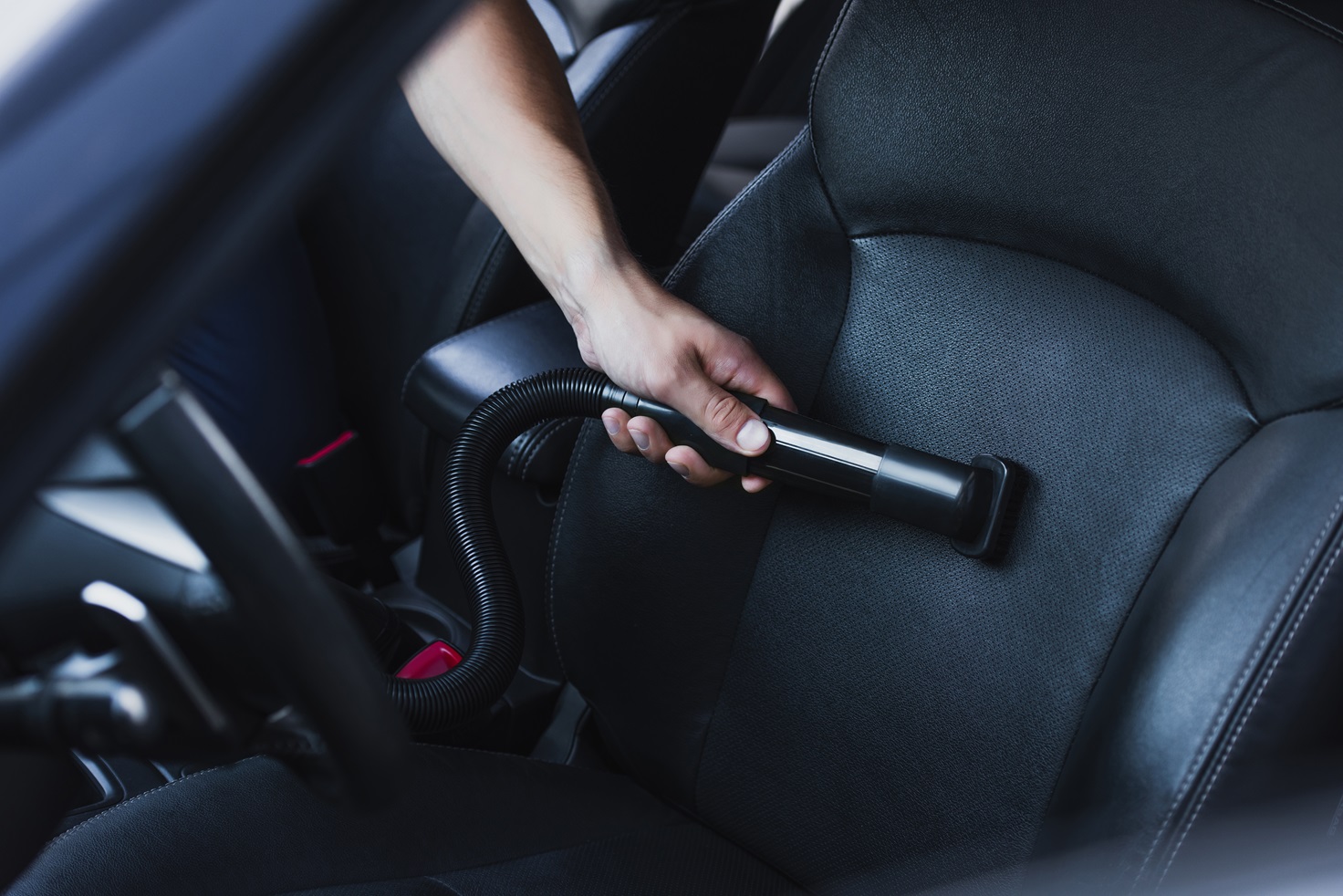 LightField Studios, Shutterstock
LightField Studios, Shutterstock
Ambient Interior Lighting
In recent years, more car manufacturers are offering ambient interior lighting as a standard or optional feature. This lighting softly illuminates the car’s center console, door handles, cup holders, the dash, and the footwells.


